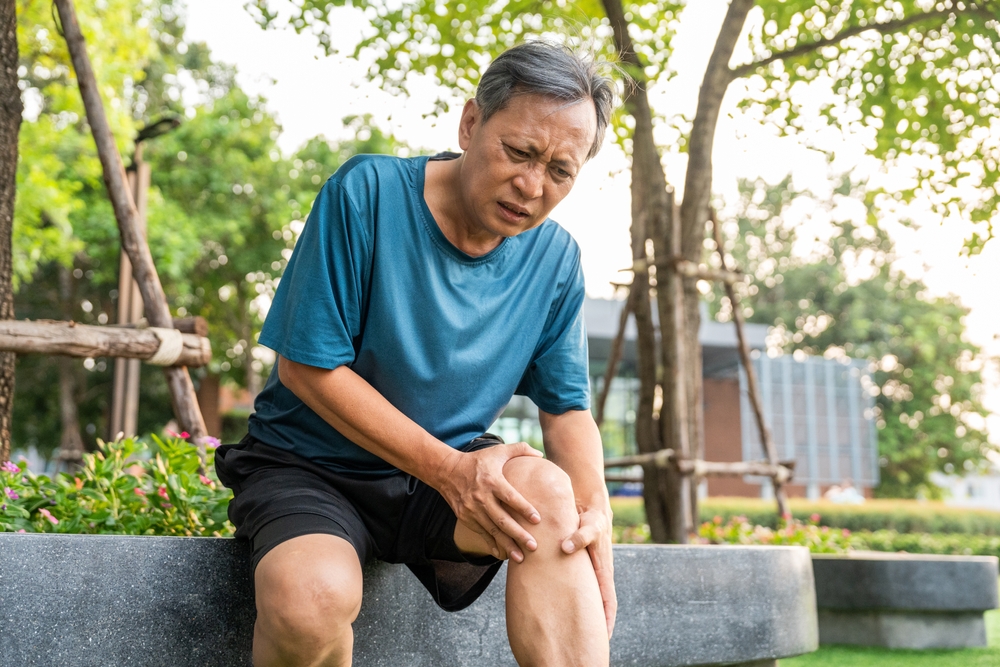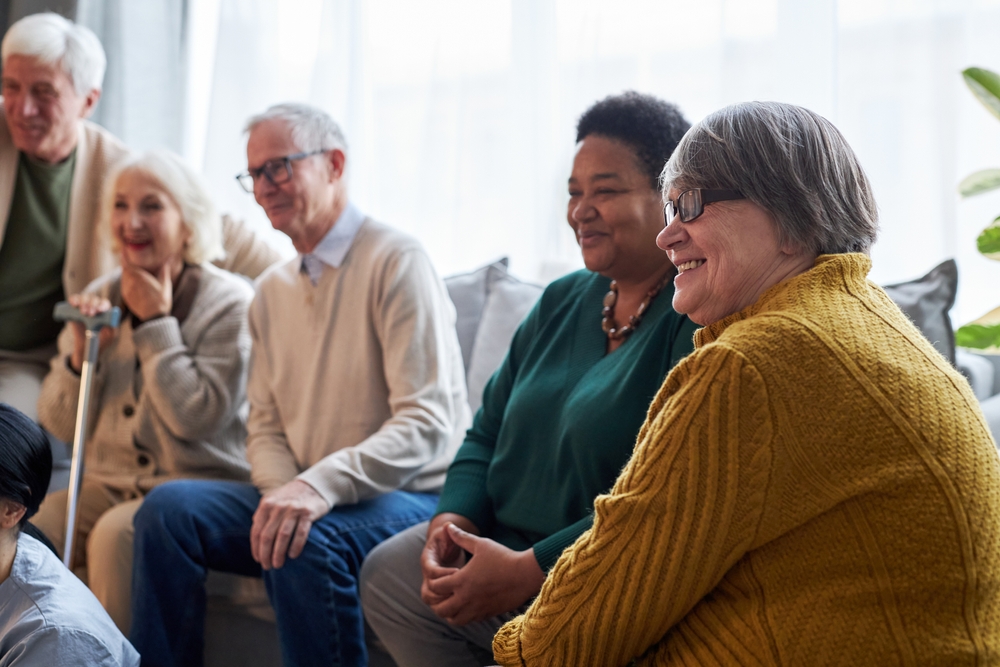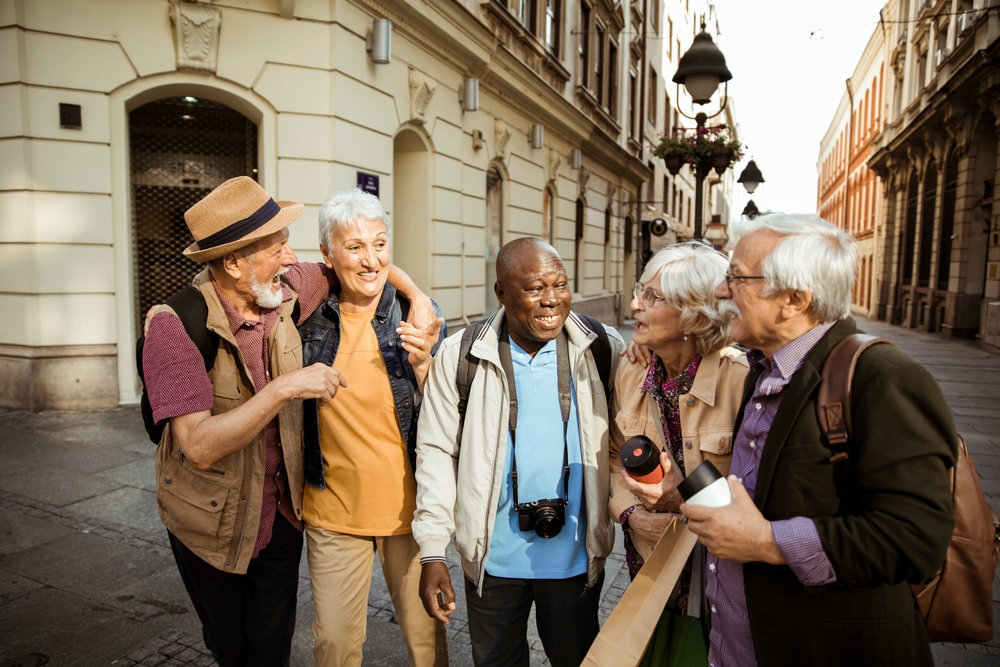Urinary Incontinence in Elderly Adults: Causes, Treatment, Complications
Category:

Not being able to make it to the bathroom on time or unexpectedly losing control of your bladder can be quite debilitating. But what causes these conditions and what can we do for treatment? In this post, we will review everything you need to know about urinary incontinence in the elderly.
What is Urinary Incontinence in the Elderly?
Urinary incontinence is when a person accidentally leaks urine. It can happen to anyone but it is much more common in older adults, especially those with vaginas. When one urinates, the muscles in their bladder tighten to move urine into the urethra. The muscles around the urethra then relax to let urine pass out of the body. When these muscles relax without warning, incontinence occurs.
Causes of Urinary Incontinence in the Elderly
The most common cause of urinary incontinence in the elderly can be for various reasons. These include:
-
Blockage from an enlarged prostate
-
Pelvic organ prolapse
-
Overactive or weak bladder muscles
-
Weak pelvic floor muscles
-
Diseases such as arthritis, which make it difficult to get to the bathroom on time
-
Diseases such as diabetes, Parkinson’s disease, or multiple sclerosis, all of which can damage nerves that control the bladder
-
Beverages such as alcohol, caffeine, and carbonated drinks
-
Artificial sweeteners
-
Foods that are high in spice, sugar, or acid
-
Large doses of vitamin C
-
Blood-pressure medication, heart medication, muscle relaxants, and sedatives
Symptoms of Urinary Incontinence in the Elderly
There are five types of urinary incontinence in the elderly. The types and their symptoms include:
-
Functional incontinence: Physical or mental impairments keep you from making it to the toilet on time. This includes not being able to unbutton your pants quickly enough if you have arthritis.
-
Overflow incontinence: If your bladder does not completely empty, you experience frequent or constant dribbling of urine.
-
Stress incontinence: This occurs when you exert pressure on your bladder by sneezing, coughing, laughing, or exercising
-
Urge incontinence: After an involuntary loss of urine, you have an intense urge to urinate. This can be caused by minor infections, neurological disorders, and/or diabetes.
-
Mixed incontinence: This is when you experience more than one type of urinary incontinence, usually a combination of urge incontinence and stress incontinence.
Finally, let’s review urinary incontinence in elderly adult treatment.
Download Our Home Safety Guide
Urinary Incontinence Treatment for the Elderly
Below, we will take a look at urinary incontinence treatment for elderly males and treatment for urinary incontinence in elderly females.
-
Lifestyle changes
-
Time your food and drink consumption around activities
-
Train your bladder by delaying trips to the bathroom every time you get the urge to urinate
-
Practice pelvic floor muscle strengthening exercises
-
-
Drugs and medications
-
Anticholinergics, such as Oxybutynin, to calm overactive bladder muscles
-
Alpha-blockers, such as tamsulosin, to help those with the urge or overflow incontinence to more fully empty their bladder
-
Mirabegron to relax bladder muscles and help increase the amount of urine your bladder can hold
-
Botulinum toxin type A, or Botox, to help ease bladder muscles via injection
-
-
Surgeries
-
Artificial urinary sphincter (AUS) balloon: The balloon is inserted around the neck of your bladder to shut off the urinary sphincter until it’s time to urinate. When you’re ready to urinate, a valve placed under your skin deflates the balloon. Urine is then released and the balloon refills.
-
Sling procedure: Your doctor will use tissue or synthetic material to create a supportive pouch around the bladder neck to keep the urethra closed when you sneeze, cough, run, or laugh.
-
Subscribe
Date: 2021-07-22
Category:


